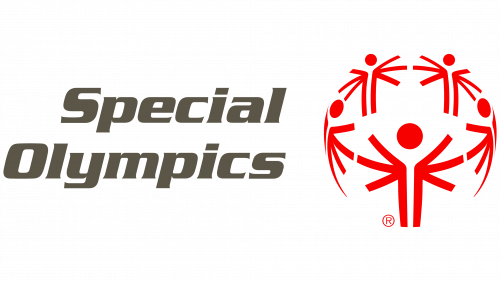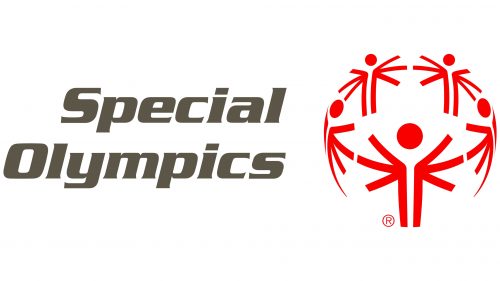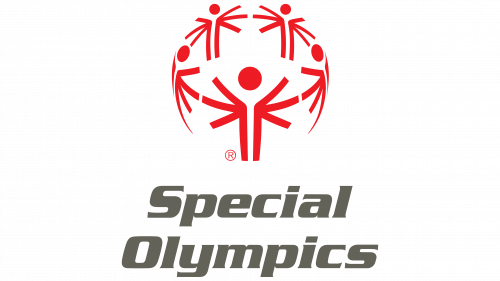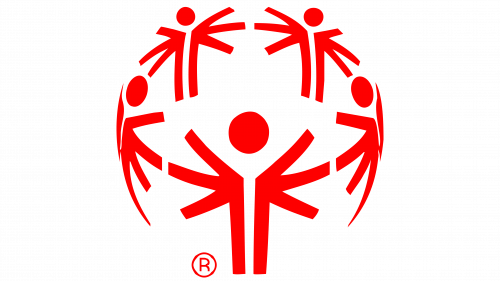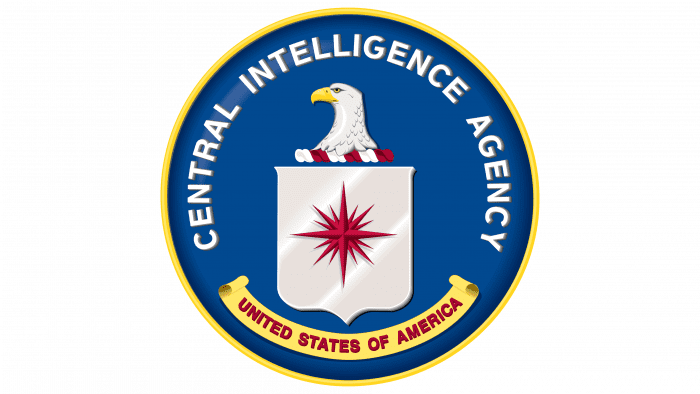The Special Olympics logo embodies the organization’s values, like inclusivity, equality, respect, and sportsmanship. It symbolizes solidarity, friendship, equal rights, and mutual support, vital for people with intellectual disabilities. The emblem motivates athletes to overcome challenges and reach their goals, not just in competitions but also in daily life.
Special Olympics: Brand overview
| Founded: | July 20, 1968 |
| Founder: | Eunice Kennedy Shriver |
| Headquarters: | Washington, D.C., U.S. |
| Website: | specialolympics.org |
Meaning and History
The idea for the Special Olympics logo came from the sculpture “Joy and Happiness to All the Children of the World.” This piece was created by Georgian monumental artist Zurab Tsereteli, who also made it into the list of Russia’s biggest billionaires. He’s been criticized for his love of kitsch, and his giant, gold-plated sculptures are often called monotonous bad taste. Zurab’s main issue is his penchant for hyperbole; he leans towards excessive opulence in his daily life and art. Yet this doesn’t stop him from flaunting and gifting his monuments to various countries, including the U.S.
The bronze sculpture “Joy and Happiness to All the Children of the World” was gifted to The College at Brockport in 1979 when the school hosted the Special Olympics. This installation consists of five massive 30-foot figures shaped like six-armed beings arranged in a circle around a 50-foot fountain. According to Zurab, the six-armed people represent children reaching upward. Water jets shower an uneven sphere, which the artist intended to symbolize Earth. The figures, for their part, stand for the five continents. Each figure features nude athletes styled in the manner of Greek bas-reliefs.
What is the Special Olympics?
Special Olympics is an organization that organizes sports competitions for individuals with intellectual disabilities. Founded in 1968, it’s headquartered in the District of Columbia. Its mission is to support participants, help them unlock their potential, and integrate into society. For children under eight, a separate Young Athletes program has been established.
1968 – today
This isn’t the original version of the logo; it emerged no earlier than 1979 when the “Joy and Happiness to All the Children of the World” sculpture was erected. Also, the design underwent several changes before it got its modern look. The main element of the emblem is a sphere made of five red figures, each having six arms (short lines), a torso (two vertical stripes), and a head (circle).
Abstract human silhouettes create a sense of activity and movement, which is crucial for a sports organization and its participants—people with intellectual disabilities. The spherical shape of the sign represents the planet, implying the global nature of the Special Olympics competitions. Why do each of the figures have six arms? In contemporary interpretation, this reflects the past, present, and future.
- Arms hanging down signify self-doubt, as before the organization’s creation, some groups of people were unable to realize their potential.
- Arms extended at shoulder height represent equality. Thanks to Special Olympics, individuals with disabilities are among those with similar health issues. They can compete on equal terms.
- Arms raised above the head symbolize the joy of overcoming obstacles and participating in competitions.
To the design’s left is a two-tier gray inscription, “Special Olympics,” styled dynamically.
Font and Colors
Though Ubuntu Italic is the official font of the organization, it’s not used in the main logo. The inscription is in bold italics, similar to Serapine Italic FontSite Inc.
The symbol appears in a red hue named Special Olympics Red (#FF0000), while the inscription is in a shade called Special Olympics Grey (#636359).
